I Introduction
The knee prosthesis consists of a femoral condyle, a tibial marrow needle, a femoral marrow needle, a truncated segment and adjustment wedges, a medial shaft, a tee, a tibial plateau tray, a condylar protector, a tibial plateau insert, a liner, and restraining components.
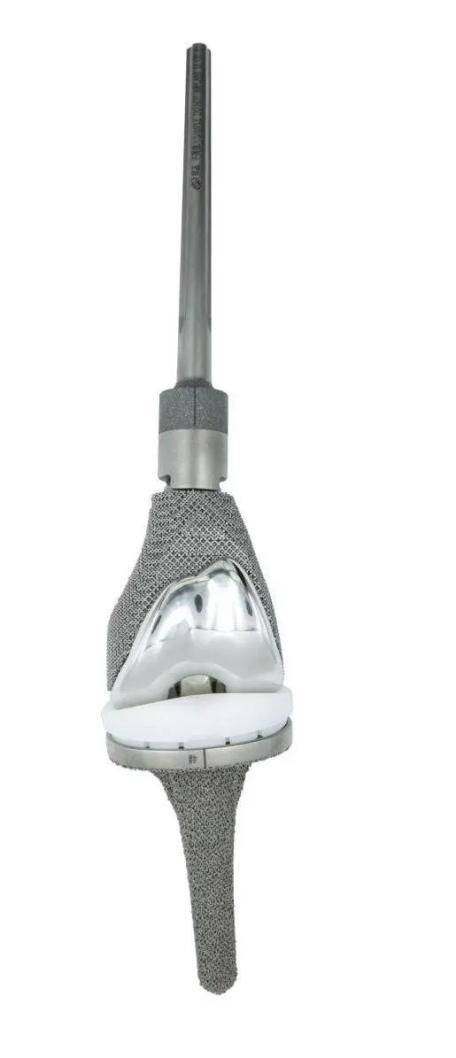
II Product characteristics of knee prosthesis
Adopting personalised design, the bionic design of the joint surface can reconstruct the normal knee joint function;
The biomechanical properties and elastic modulus of the 3D printed bone trabecular interface are more compatible with the human body, and the mechanical properties are better;
The porous mesh structure connects with each other to form a cancellous bone honeycomb structure with the good biocompatibility of titanium alloy, which enables the bone to grow in quickly and securely.
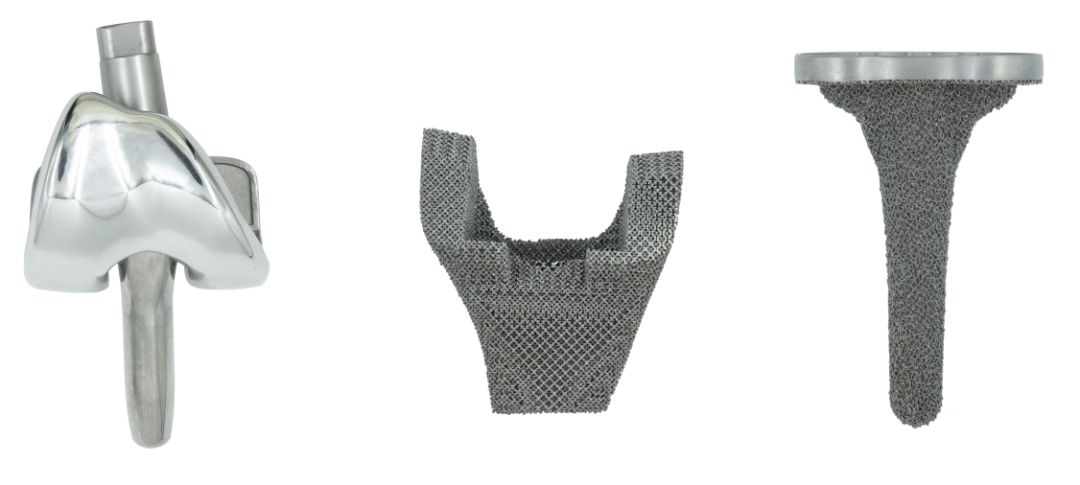
Femoral Condyle Condyle Protector Tibial Plateau Tray(Left to Right)
III Advantages of knee prosthesis
1.Excellent performance of bone and soft tissue growth and insertion
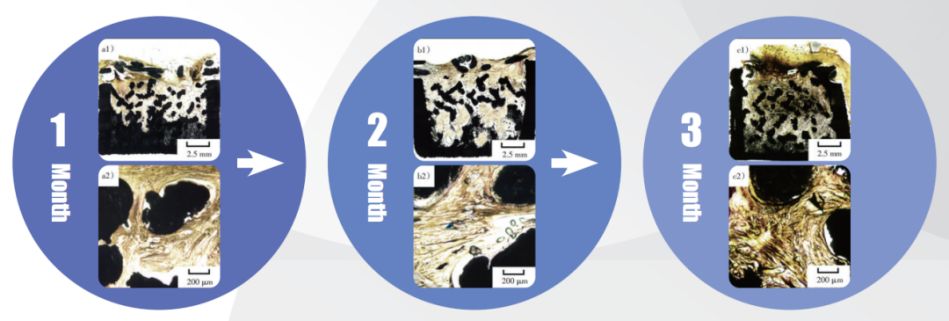
Fig. 1 Bone growth in animals with implanted bone trabecular structures
The porosity of this product is maintained at more than 50%, which provides sufficient space for nutrient and oxygen exchange, promotes cell proliferation and vascularisation of stem cells, and achieves tissue ingrowth. The newborn tissue grows into the pore of the prosthesis surface and intertwines into a non-uniform mesh, which is tightly combined with the upper layer of titanium wire at a depth of about 6 mm. 3 months after surgery, the tissue grows into the matrix and fills up the whole porous structure area, with a depth of about 10 mm, and 6 months after surgery, the mature tendon tissue grows into the whole porous structure, with an even more significant filling rate.
2.Excellent fatigue properties
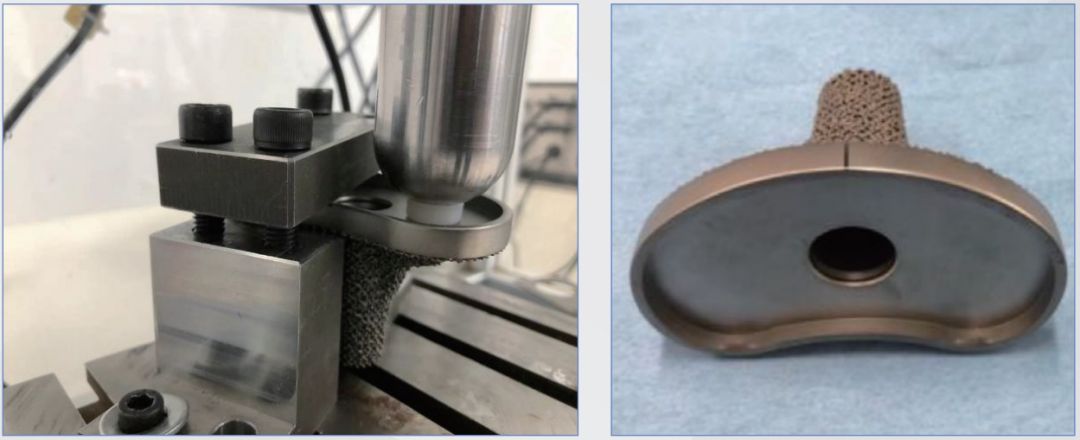
Fig. 2 Fatigue test results of tibial plateau tray
The tibial plate was mechanically tested according to ASTM F3334 and showed excellent fatigue performance with 10,000,000 cycles of fatigue testing under sinusoidal loading conditions of 90N-900N without cracking.
3.Excellent corrosion resistance
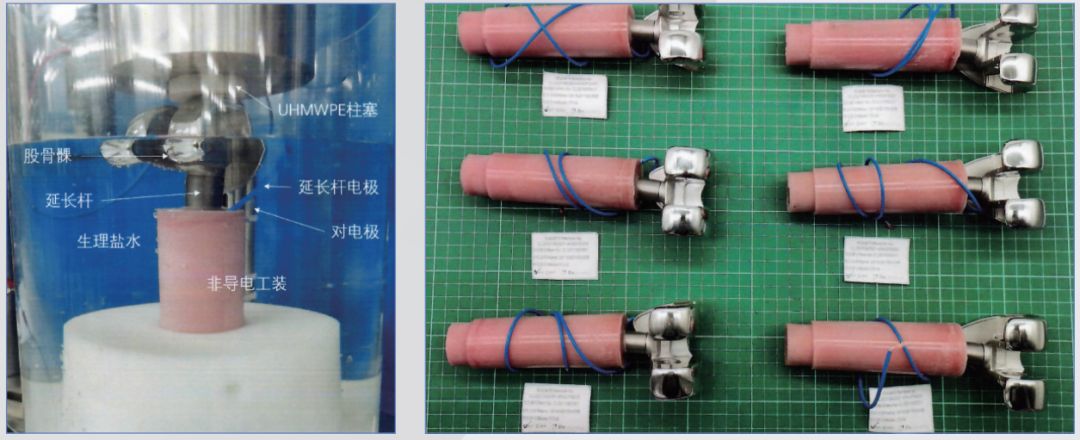
Fig. 3 Micromotor corrosion experiments at the femoral condyle and medullary needle cone junction
According to YY/T 0809.4-2018 standard cyclic loading and no failure is found, the results show that this product has excellent anti-cone micro-motion corrosion performance, to ensure the safety of knee joint after implantation into the human body.
4.Excellent wear resistance

Fig. 4 Picture of total knee prosthesis wear experiment results
According to ISO 14243-3:2014 standard for total knee joint wear experiment test, the results show that the product has excellent wear resistance, to ensure the safety of the knee joint after implantation in the human body.
Post time: Feb-06-2024










